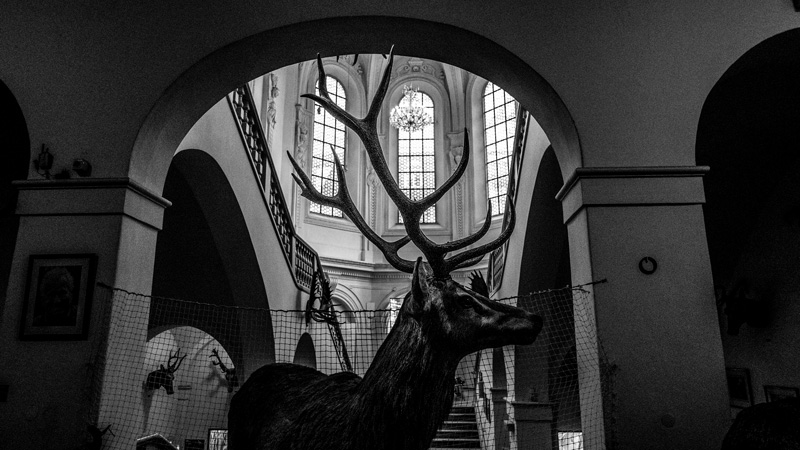A memory from the hill.
Once, many years ago (twenty-seven, to be precise), I was sitting in the canteen of Dartington College of Arts, prodding at a dubious lasagne with a fork, when a group of my theatre friends staggered into the room. They were in a sorry state: limping, moaning and supporting each other as they made their painful way towards a place to sit down. We were only in our first term of our first year, and I’d already seen all manner of strange things. I’d witnessed Adam, standing in a field, surrounded by cows, off his face on Capoeira, banging gleefully on his Berimbau, for example. But to see my newly won friends from the theatre department physically distressed was quite disturbing. Suffering pain was not something that we often experienced on the Art & Social Context course; I decided to find out what had happened to them.
Katie Duck had happened to them. Katie is a dancer, a choreographer and a teacher. Her courses at Dartington were a painful rite of passage for every theatre student at the college, and everybody, even the dancers amongst the students suffered terribly at the hands of this wickedly talented teacher. She asked much her students, and I’m pretty sure that some of them still flinch at the memory of the pain to this day. Everything at Dartington was very experimental, and dance was no exception, and although I had danced myself, I had never seen anything quite like what Katie was getting her students to do. I suppose you could call it contact improvisation but it felt like more. Most of the theatre students, not being dancers, abandoned her course at the earliest possible opportunity, but those who did carry on began developing their particular dance dialects, folding in influences from people like the late Pina Bausch or ensembles such as DV8 dance theatre. Here’s a clip from “Pina” a film for Pina Bausch by Wim Wenders to give you some idea of what I’m talking about.
Fast forward to Christmas 2016.
Like many, I’d spent much of my Christmas break binge viewing the Netflix show, “The OA“, a show which I described at the time as “uniquely frustrating”. The debate around “The OA” was heated; there were those who loved it, those who hated it and those who were left befuddled by the complicity (or inconsistency) of this eight-part streamable show. “The OA”, is a story of stories, angels, time, lies, suburbia, love and desperation. Frustrating as it is, the show is also quite beautiful; it is a mirror, a reflection and a magnet for memories and experiences, not personal experiences but media experiences, for “The OA” feels like a mashup of all of our favourite stories. Echoes of Twin Peaks, Red Riding Hood, Hannibal Lecter, Doctor Zhivago and Donnie Darko, can indeed be found in the show.
Folding experiences into new contexts.
The writers of “The OA” have been criticised for using their personal influences in the creation of the show, but folding these experiences, whether they be personal, anecdotal of even media experiences into a new context is crucial to finding answers to problems. The breadth and depth of our experience with the world, our ability to store and recount these experiences and then remix them in new and curious ways determine how singular, extraordinary or brilliant our answers can be.
The Creative Intelligence Archive is nothing less than the content of your head: it is the total of all of the things you have experienced up to the point of reading this post. The Archive is every kiss, every tram journey, every PowerPoint presentation, conference, re-forecast, death and disappointment you’ve ever experienced. It is all of the facts, the trivia and the general knowledge you’ve acquired. It is your work experience and your career. It’s all the people you’ve ever people-watched. It is all of the laughs you’ve ever had and all of the tears your have ever shed. It is every single book you’ve ever read, every film you’ve ever watched, and every piece of music that has you’ve ever listened to. It’s every person you’ve ever loved. It’s all the hurt you’ve ever hurt. It’s every dance you’ve ever danced. It’s every conversation you’ve ever had. The Creative Intelligence Archive is the basis for answering any of the difficult questions we face: business, political, cultural or personal. If your Creative Intelligence Archive is a rich experience-potpourri, full to the brim with interesting things, then you can answer difficult questions in astounding ways. If it’s not, then it’s time to fill it, and the rest of this series will examine just how to do that.
Epilogue – Warning features a “The OA” spoiler.
You may be wondering why I told the tale of my miserable theatre student friends and what that has to do with “The OA”. The video you are about to see is from the final episode (do not watch it if you intend to start watching the show) and features the “five movements” (you have to watch the show, seriously).
I guarantee you that anybody who watched this and who was tutored by Katie Duck at Dartington thought of her and that college up on a Devonshire hill and that you, in turn, will always think of this post should you ever encounter another scene like it. Congratulations, your archive has just grown a little bit.
